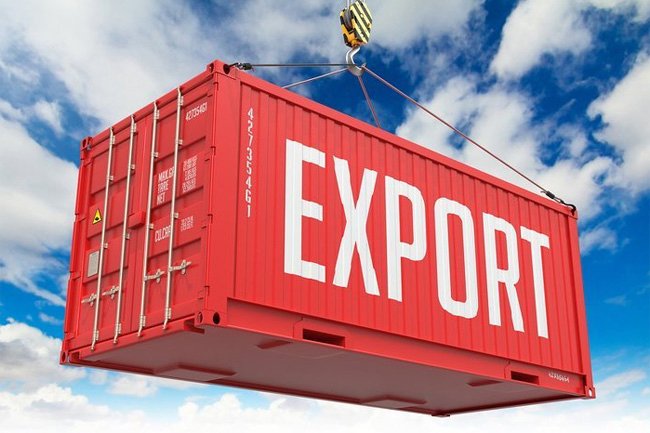
News Today: Sri Lanka reports 8% export growth in 2025, driven by Middle East, Africa, and South Asia, with $18B revenue target.
Sri Lanka’s export sector is showing strong momentum in 2025, with a remarkable rise in exports to the Middle East, Africa, and Southeast Asia, according to Industries and Entrepreneurship Development Deputy Minister Chathuranga Abeysinghe. Speaking at an event in Colombo, the Minister said Sri Lanka’s exports had grown by eight percent between January and July 2025, signaling continued resilience in global markets.
He noted that both the volume of exports and the diversity of export destinations have expanded, with the Middle East, Africa, and Southeast Asia emerging as key growth regions for Sri Lankan products. Official data show that Sri Lanka has already earned nearly US$ 10 billion in export revenue during the first seven months of 2025, placing the country on track to surpass US$ 18 billion by year’s end.
In addition to short-term growth, the Government has set ambitious long-term targets. Plantation and Community Infrastructure Minister Samantha Vidyarathna highlighted that Sri Lanka aims to raise annual earnings from its four major export crops to US$ 6.5 billion by 2030. This includes expanding tea export revenue to US$ 2.5 billion, rubber to US$ 2 billion, coconut to US$ 1.5 billion, and cinnamon to US$ 500 million.
These projections, he added, are based on scientific research, productivity improvements, and extensive consultations with industry stakeholders. Current figures underscore the potential: Sri Lanka earned US$ 1.43 billion from tea exports in 2024, coconut products brought in US$ 864.3 million, rubber exports generated US$ 1 billion, and cinnamon produced about US$ 250 million.
The robust export performance across multiple regions and sectors reflects Sri Lanka’s strategy of diversifying markets, modernizing agriculture, and enhancing competitiveness. This growth is expected to play a vital role in strengthening the national economy and supporting sustainable development.




Leave A Comment